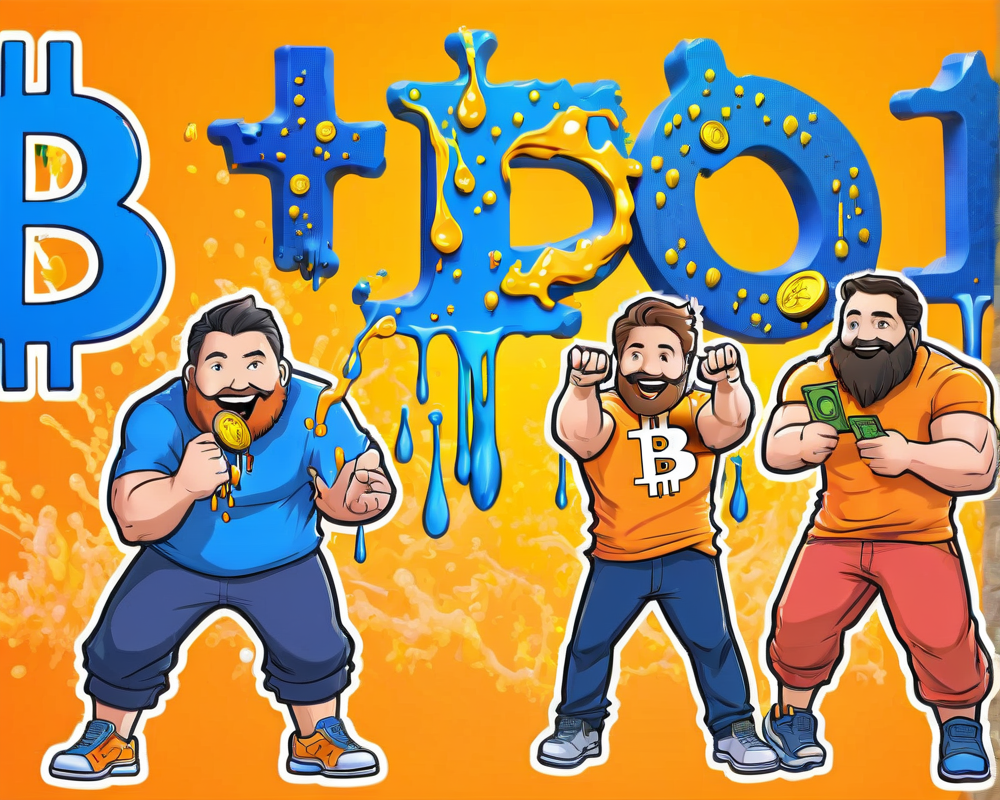Philip Rosedale Steps Back into the Metaverse Spotlight
After years of playing virtual hide-and-seek, Philip Rosedale is making a grand re-entrance into the domain he once created! The founder of Linden Lab is now back as a strategic advisor for Second Life, helping steer this classic online world into the Metaverse. Yes, that meant dusting off his old avatar and putting on a fresh pair of VR goggles!
The Great Debate: Interoperability vs. NFTs
While Rosedale’s enthusiasm for a nonfungible token (NFT)-based future is as evident as his love for virtual reality, he has some reservations about interoperability in the Metaverse, declaring it “a total fail.” He likens the interoperability of content to a half-baked casserole: Just because you can throw a bunch of ingredients together doesn’t mean it will taste good!
A Journey Back in Time
Second Life has been spinning its digital wheels since 2003, a whole era before the term “metaverse” became the tech buzzword of the day. Compare that to how many people still struggle with the “ctrl + alt + delete” combo, and you can see just how far we’ve come! Rosedale, who left his CEO position in 2008, has dabbled in various VR projects, notably his 2013 social VR venture, High Fidelity. Perhaps he’s building up a collection of virtual trophies!
Investment: High Fidelity Dives into Linden Lab
In a recent announcement, High Fidelity revealed its investment in Linden Lab as part of Rosedale’s comeback. They’ve combined cash with some intriguing “distributed computing patents,” a fancy term for tech that helps manage online communities. Because who doesn’t want to keep the digital Wild West of gaming communities in check? Rosedale hinted the goal is to ensure virtual worlds remain enjoyable, not dystopian nightmares. “Virtual worlds don’t need to be dystopias,” he advocates, perhaps hoping they can be more like the virtual equivalent of Disney World.
Future Directions for Second Life
During an engaging chat with Cnet Technology, Rosedale tossed around some intriguing ideas. Adding VR tech to Second Life? Check. Advanced avatar animations utilizing facial tracking technology? Double check. With his enthusiasm for animating avatars using webcams, he’s making it sound very much like the next stage of social interaction will be less ‘I’m here’ and more ‘Look at me making silly faces!’
Prefixing Changes with Caution
But don’t expect a hasty embrace of interoperable NFTs just yet. Rosedale cautiously asserted that such concepts might just be marketing gimmicks that only brands could love. “The near-term idea is dumb,” he lamented, likely envisioning an interconnected universe where every item screams, “BUY ME!”
The Existing Economy of Second Life
Despite its age, Second Life showcases a robust in-game economy, boasting over 375 million items sold annually on its marketplace, averaging around $2 each. Rosedale argues that these items embody the essence of NFTs, minus the blockchain element, which excludes their potential to exist outside the game. So, technically speaking, we’ve been indulging in NFT-like commerce well before it had a flashy name!
Conclusion: Looking Ahead
As Second Life celebrates nearly two decades of existence, it proudly claims an impressive annual GDP of $650 million with more than 8 million unique items sold! Rosedale’s return marks not just another chapter for Second Life, but an exciting leap into the endless possibilities of the Metaverse. Will he pull it off? Stay tuned, folks! The virtual realms are evolving!




